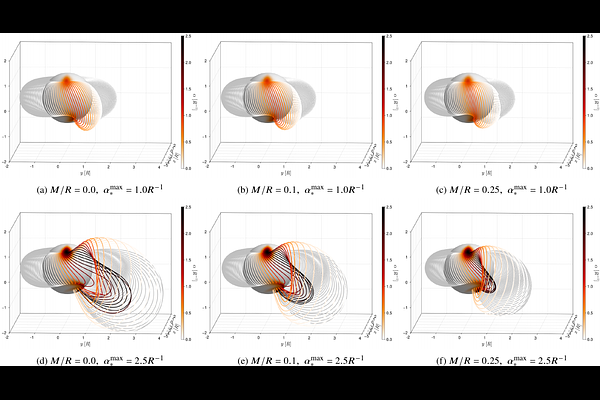General-relativistic magnetar magnetospheres in 3D with physics-informed neural networks

General-relativistic magnetar magnetospheres in 3D with physics-informed neural networks
Petros Stefanou, Arthur G. Suvorov, Jose A. Pons
AbstractMagnetar phenomena are likely intertwined with the location and structure of magnetospheric currents. While general-relativistic effects may be important in shaping the force-free equilibria describing static configurations, most studies have been restricted to axial symmetry. Using a novel methodology based on physics-informed neural networks, fully three-dimensional configurations of varying stellar compactness are constructed. Realistic profiles for surface currents, qualitatively capturing the geometry of observed hotspots, are applied as boundary conditions to deduce the amount of free energy available to fuel outburst activity. It is found that the lowest-energy solution branches permit only a $\approx 30\%$ excess relative to current-starved solutions in axisymmetric cases with global twists, regardless of compactness, reducing to $\approx 5\%$ in 3D models with localised spots. Accounting for redshift reductions to their inferred dipole moments from timing data, explaining magnetar burst energetics therefore becomes more difficult unless the field hosts non-negligible multipoles. Discussions on other aspects of magnetar phenomena are also provided.